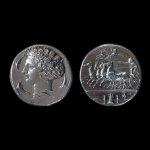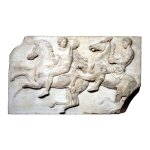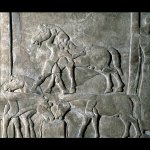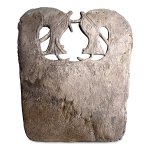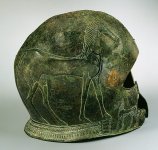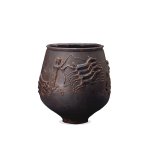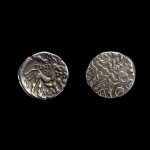♘امیرحسین♞
♘ مدیریت انجمن اسب ایران ♞
Chariot racing
The chariot races were perhaps the most exciting of all the events at Olympia. Chariot driving was very dangerous. Drivers were risking their lives as the chariot could crash at high speed. There were races for four-horse chariots and two-horse chariots. On the front of this coin you can see a man driving a four-horse racing chariot. The chief tactic was to get safely ahead early on.
Good horses were very expensive and only rich people could afford to own them. The charioteers were usually employed by the owners, just as racehorse owners today employ jockeys.
The chariot races were perhaps the most exciting of all the events at Olympia. Chariot driving was very dangerous. Drivers were risking their lives as the chariot could crash at high speed. There were races for four-horse chariots and two-horse chariots. On the front of this coin you can see a man driving a four-horse racing chariot. The chief tactic was to get safely ahead early on.
Good horses were very expensive and only rich people could afford to own them. The charioteers were usually employed by the owners, just as racehorse owners today employ jockeys.

